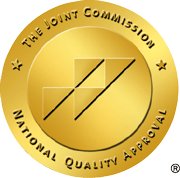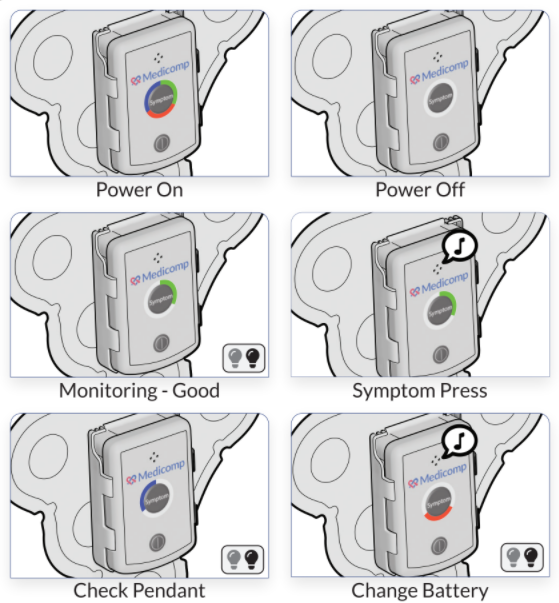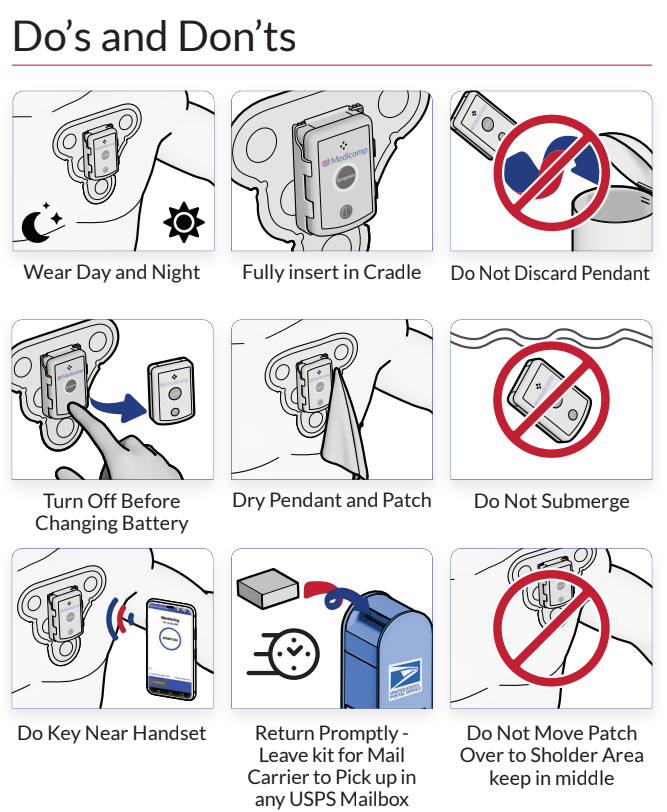In order to provide top-quality patient care, doctors certainly need to be technically skilled, but communication also plays a large role. Especially with atrial fibrillation patients, studies have indicated that there is a communication gap between patients and doctors. In order to best maintain patient health and wellness, doctors need to carefully communicate with patients about atrial fibrillation, as well as risks that come with it such as stroke. ReactDx, leaders in wearable cardiac monitors, explains the communication disconnect and how to bridge the gap.
Atrial fibrillation, or AFib, is a common heart rhythm issue where the heart does not beat normally. The condition can be found within nearly three million people in the United States. Aside from the irregular heart beats, AFib also increases the risk of stroke. Someone with AFib is five times more likely to suffer from a stroke. What is truly surprising is about one out of every three AFib patients don’t know what symptoms indicate a stroke. This is highly concerning for a number of reasons.
- Strokes in patients with AFib are two times as likely to be fatal and about 65 percent of patients don’t know that.
- The large majority (90 percent) of doctors believe patients underestimate the impact of a stroke on their lives.
- About 80 percent of doctors think that patients are in denial of stroke risk in general.
It is clear that there needs to be direct communication from a doctor to a patient about stroke risk, impact, and symptoms. The fact is, the majority of doctors likely talk to their patients about stroke risk, but the key to communicating the risk in a strong manner is by explaining the actual impacts and seriousness of an AFib-related stroke. Doctors should start talking about the risk of stroke as soon as a patient is diagnosed. Upon diagnosis of AFib, speak about:
- The condition and heightened risk factors for stroke.
- How to prevent a stroke.
- Signs and symptoms of a stroke.
- What a stroke truly entails including seriousness and the need for lifestyle change.
- Resources that patients can explore on their own time. These may include websites like the National Stroke Association and more.
Doctors need to take the lead to assist AFib patients in protecting their own health. Strokes have the potential to be very serious. For more information about cardiac health or wearable cardiac monitors, read our blog, or contact us today.



